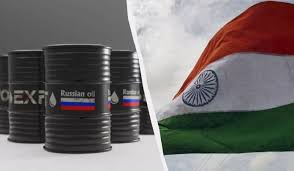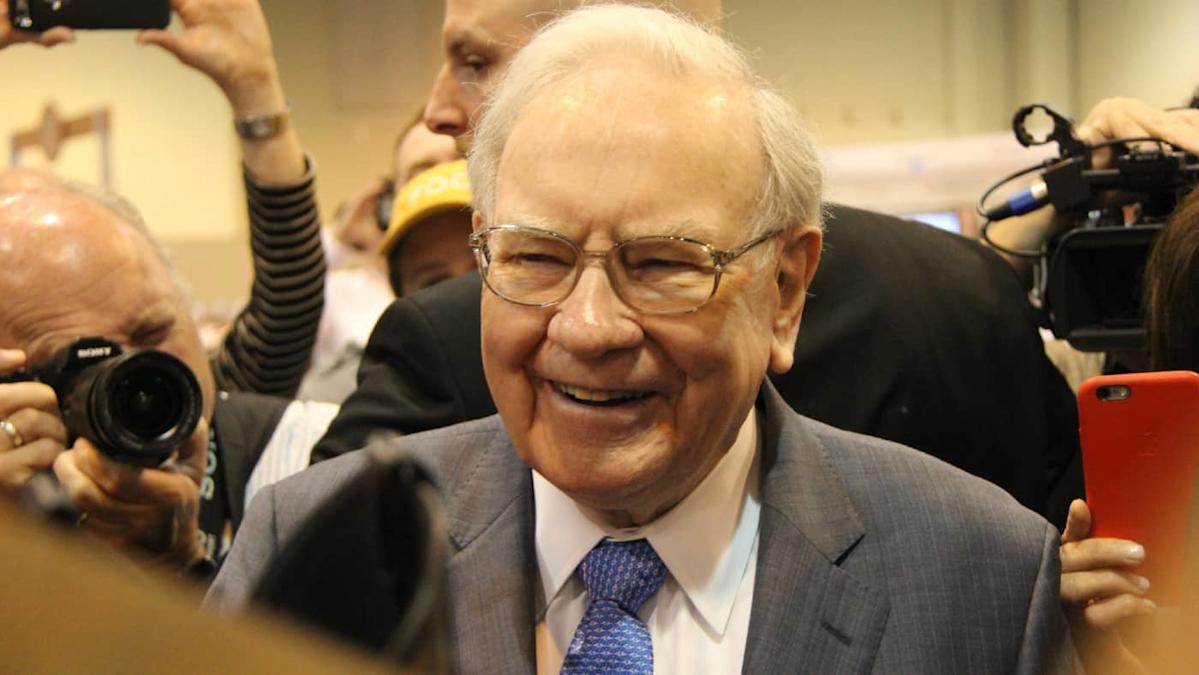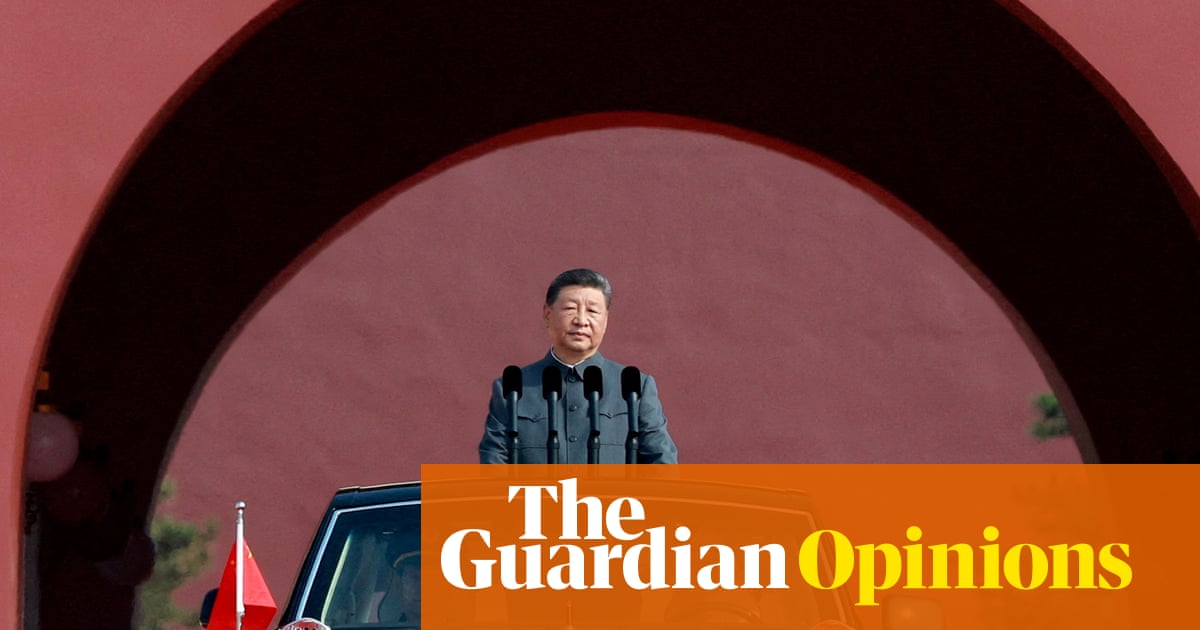One of the UK’s largest indoor padel centres has opened in place of a former market in Derby city centre.
The centre, which features 10 indoor courts, has regenerated part of the former Eagle Market space, with the remaining area set to become a…

One of the UK’s largest indoor padel centres has opened in place of a former market in Derby city centre.
The centre, which features 10 indoor courts, has regenerated part of the former Eagle Market space, with the remaining area set to become a…

Kabul [Afghanistan], October 19 (ANI): Afghanistan has launched the polio vaccination drive for the country’s eastern provinces, as reported by Khaama News on Saturday.
As per Khaama News, the polio campaign began in Afghanistan’s eastern…

New Delhi: India’s much-touted “independent foreign policy” has once again been exposed as hollow rhetoric, as New Delhi has finally succumbed to U.S. pressure and halved its oil imports from Russia — a move that underscores its…

With US stock prices reaching new record highs, the Warren Buffett Indicator has reached an alarming 218%. As a reminder, when it rises above 160% it’s historically suggested that US stocks are significantly overvalued.
This isn’t the only signal hinting that valuations might be getting stretched in 2025. And yet, despite rising concerns, the ’Oracle of Omaha’ and his team are still buying some US shares.
So what stocks is the billionaire investor buying? And should investors follow in his footsteps?
With a reputation for being a value-oriented investor, the fact that Buffett’s buying at a time when valuations are high seems strange, on the surface. But digging deeper, he’s actually still executing the same tried and tested strategy of prioritising value at a fair price.
Two of his recent investments in Nucor (NYSE:NUE) and UnitedHealth Group (NYSE:UNH) seem to demonstrate this perfectly.
So what do these businesses do? And why is Buffett’s team buying them now?
Nucor is a US steel producer. In fact, it’s one of the largest in the country, operating an expansive network of furnaces that recycle scrap metal into quality steel. This unique approach drastically reduces the cost of manufacturing, giving the group a notable competitive edge over its US rivals – something Buffett loves to see.
With the US imposing a 50% tariff on imported steel, Nucor now looks far more attractive to steel consumers. And when combined with surging steel demand courtesy of artificial intelligence (AI) infrastructure and national electrification spending, the business looks like it could be a new champion within the supply chain of countless US-based businesses.
Combining this with an undemanding forward price-to-earnings ratio of 12.2, it’s not so surprising that Buffett‘s taken an interest.
Of course, there are still risks. Even with tariffs, steel demand remains highly cyclical and sensitive to activity within the construction and industrials sectors.
Since higher interest rates often subdue activity within these industries, Nucor’s growth could prove lacklustre, especially if inflation continues to prove sticky. And if AI infrastructure spending starts to slow, the firm could lose a significant tailwind that’s currently driving it forward.
UnitedHealth’s also another seemingly cyclical strategy the billionaire’s pursuing. The firm’s the largest health insurance provider in the US. And with an ageing population, demand for its services is suspected to steadily trend upward.

Can artificial sweeteners actually be harmful to health? And can consuming them on the regular affect our memory and thinking skills? Although a new link found between sugar alternatives and brain aging requires more study, it may warrant some…

Samsung Electronics (KOSE:A005930) shares have been on a strong run, delivering a 21% gain over the past month with year-to-date returns approaching 83%. Investors are watching closely for hints of what might fuel its next move.
See our latest analysis for Samsung Electronics.
After surging nearly 22% in the last month, Samsung Electronics is riding a wave of renewed optimism, with its share price building strong momentum this year. Notably, the 12-month total shareholder return sits at 69%, outperforming many global peers and reinforcing a sense that market confidence in Samsung’s strategy and growth prospects is picking up.
If Samsung’s run has you thinking about what else could be on the rise, now is the perfect time to discover See the full list for free.
With shares already up sharply and optimism running high, the big question is whether Samsung is still trading at an attractive value or if the market has already priced in its next chapter of growth. Could this be a real buying opportunity?
Samsung Electronics’ most popular narrative suggests its shares still trade below a fair value estimate, compared with the most recent close. This sets up a compelling contrast between strong recent returns and the valuation outlook that follows.
Leadership in advanced semiconductor technologies and high-performance memory is driving customer wins, higher margins, and expanding Samsung’s presence in new and existing markets. Diversification into premium products, AI-powered devices, and high-margin sectors is supporting resilient profitability and reducing revenue cyclicality.
Read the complete narrative.
Want to know what bold forecasts are hiding behind this bullish price tag? The narrative hints at strong growth assumptions, shifting margins, and future profits more typical for market leaders. Uncover which aggressive projections are setting the bar for Samsung’s ambitious fair value. Dive into the full narrative to see what could be driving the optimism.
Result: Fair Value of ₩105,207 (UNDERVALUED)
Have a read of the narrative in full and understand what’s behind the forecasts.
However, persistent geopolitical tensions or tougher competition in semiconductors could disrupt Samsung’s stride. This could make the bullish outlook more challenging to achieve.
Find out about the key risks to this Samsung Electronics narrative.
While one method suggests Samsung is undervalued, its current price-to-earnings ratio stands at 22.8 times, higher than the peer average of 19.7 times but just below the broader Asian tech industry’s 23.4 times. The fair ratio estimate sits at 31.6 times, hinting there is room to run if the market agrees with optimistic growth assumptions. Are investors willing to pay up, or is caution about competition and future growth starting to creep in?

Microsoft officially launched its new Office icons earlier this month to mixed reception, but the divisive designs have impressed one unexpected collective. Thanks to the brand’s swift adoption of the sleek Liquid Glass UI, Apple fans have…

The Supreme Judicial Council (SJC) on Saturday sought, by a…

Holding court for the cameras in Sharm el-Sheikh last week, a manically self-congratulatory Donald Trump, Gaza’s make-believe saviour, hailed his fellow “tough guys” – tame tyrants, such as Egypt’s Abdel Fatah al-Sisi, who helped…